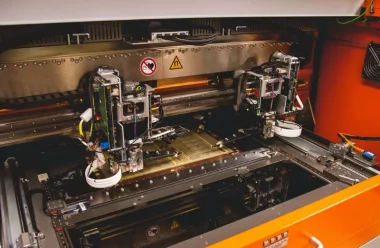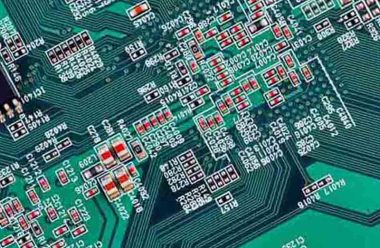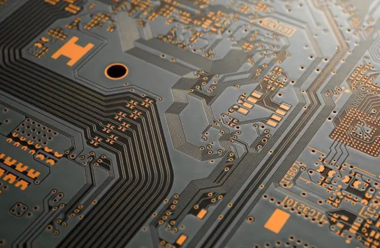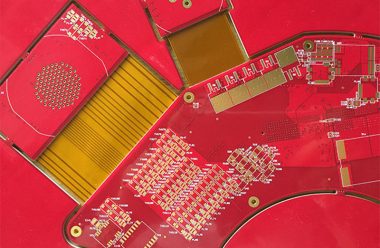A printed circuit board (PCB) surface finish has two main functions: To prevent the copper from oxidizing and to provide a solderable surface.
Some PCB surface finishes, however, are more popular and versatile than others. As you review your options, you’ll likely consider durability, cost, and the materials used within the finish, such as tin-lead, lead-free, various gold finishes, and silver. Additionally, you may have concerns about the finish compatibility with the subsequent termination process – such as wire bonding or welding. But how do you know which surface finish is best for your next PCB project?
We’ve compiled a comprehensive list of the nine different surface finishes. In this article, we’ll explain the purpose and common uses of each surface — plus the advantages and disadvantages — so you can find the best option for your next project.
The 9 Different PCB Surface Finishes
Electroless Nickel Immersion Gold (ENIG)
ENIG is the most popular option and is used on about 80% of all PWBs. This finish provides a thin, gold, solderable layer that protects the copper traces with a nickel barrier between it and the copper. ENIG is a good lead-free option that results in a durable, long-lasting finish.
Advantages:
- Protects copper from passivation
- Fast, easy process
- Lead-free
- Long-lasting and durable
- Restriction of Hazardous Substances (RoHS) compliant
- Reasonably low cost
- Very good solderability



![Understanding PCB Costs & Pricing [Your Complete Guide] Understanding PCB Costs & Pricing [Your Complete Guide]](https://hdicircuitboard.com/wp-content/uploads/elementor/thumbs/Understanding-PCB-Costs-Pricing-Your-Complete-Guide-qzzhe6mcaxuolkux3xalfktgavumi9y1aqfbs9bpv4.webp)



